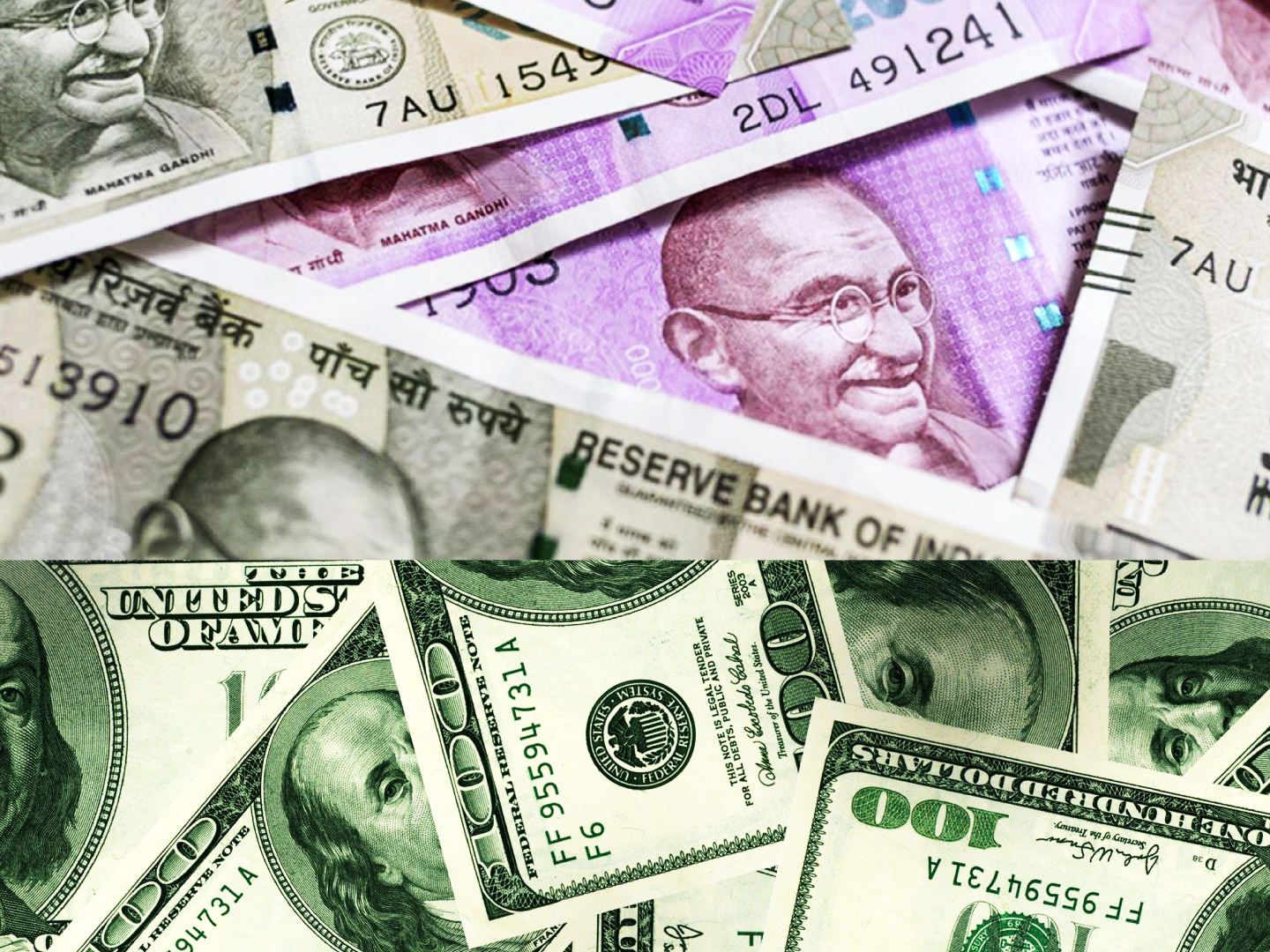

However, if inflationary conditions continue for an elongated period, higher interest rates cannot save the currency. Higher interest rates tend to attract more foreign investments to the country and this boosts the country’s currency. Whenever there are rising inflation scenarios, central banks rush to increase interest rates to bring down inflation. Interest rates and inflation are also interlinked. Thus, we can see the rupee weakening against the dollar. The higher the inflation, the weaker will be the country’s currency.Ĭurrently, as we are witnessing a period of rising inflation in India, the purchasing power of rupee is going down.

Therefore, inflation tends to be inversely related to any currency’s strength. As prices rise, the purchasing power of currency declines. Inflation is an economic scenario where prices of generally used goods and services rise over an extended period of time. Here are some of the key factors that determine the exchange rate between rupees and dollars: List of factors impacting Rupee-Dollar exchange rate For instance, the Rupee-Dollar exchange rate is represented as USD/INR. The global forex market is very large and highly liquid, with large-scale transactions taking place on a daily basis.Ĭurrency exchange rates always involve two currencies at a time, one being exchanged for the other. Currency exchange rates also impact foreign exchange trading or forex trading.

The U.S dollar is one of the standard currencies accepted globally for the trading of commodities.

So, how is this exchange rate determined and what are the factors that affect this exchange rate? Here is all you need to know. This means every 1 U.S Dollar will fetch 82 Indian Rupees. We advise investors to check with certified experts before taking any investment decisions.As of April 2023, the Rupee-Dollar exchange rate is $1= Rs. This week, economic data will be rolled out from the UK (CPI, Retail Sales, and Unemployment reports), China (Q4 GDP and Industrial Production), Japan (CPI, Industrial Production, Trade data), and the US (PPI and Weekly Jobless claims).ĭisclaimer: The views and recommendations made above are those of individual analysts or broking companies, and not of Mint. As a weekly strategy, long positions can be initiated on dips around the 81.30 mark (Spot) for upside targets of 81.80 keeping stops below the 81.05 mark." The greenback slipped to a nearly nine-month low against the euro after easing in the US inflation prompted bets that the Federal Reserve will be less aggressive with rate hikes in the forthcoming monetary policies.įor the current week, Religare Broking in its note said, Biasness of this week remains sideways. Last week, the rupee gained by at least 1.7% against the dollar supported by broad weakness in dollar and a firm trend in domestic equities. However, inability to hold slippages within the 81.59-81.50 region might rekindle downside moves again." At the upper end, the 50-day EMA at 82 would act as key resistance for the pair.įurther, on Tuesday, Anand James - Chief Market Strategist at Geojit Financial Services said, "Expect a brief consolidation early in the day, followed by yet another attempt to push higher towards 82.1. ICICI Direct's note said that US$INR is likely to face resistance near 81.80, followed by 82.00, and decline towards the initial supports at 81.30 and 81.10. The brokerage expects the bias to remain bearish for the pair USD/INR on Tuesday where immediate support can be seen near 81.30 with a resistance of 82. Additionally, lower premiums would drive importers and foreign currency liability holders to increase their hedges. The Rupee also weakened as stop-losses were also being triggered, while foreign portfolio outflows also kept the bias weak. The Rupee settled at 81.6125 per dollar, 0.35% weaker than its previous close of 81.3250, and posted its biggest single-day percentage fall since December 15. According to Reliance Securities' note, the Indian Rupee depreciated against the US dollar on Monday, tracking a fall in the Chinese yuan and dollar buying from state-run banks probably on behalf of the Reserve Bank of India.


 0 kommentar(er)
0 kommentar(er)
